Average Birding

Skye
A hastily arranged week in Scotland suddenly looms in the calendar. After much negotiation, we're going to spend much of it on Skye.
Pronoun guidance: AB1 negotiated poorly. This post covers the events of November 23-30 2018.
Grumble
I'm not overly thrilled with this choice; bird wise, I'd rather be operating out of somewhere nearer Inverness; there's a wider range of well-known good spots. Skye, I suspect, will be bleak, big, and mostly blank of birds. Still, there are a couple of decent walks, and it'll be by the sea.
Getting there
After a luxurious trip on the sleeper up to Inverness, it's a long (but tremendously scenic) drive over the mainland to Skye. We stop at Carron Restaurant - which, if you even drive this route, you should too, the food and service is excellent (the puzzling placemats are the cherry on top). Apologies for the TripAdvisor link, at pixel time, the official website is only a "leave your email here so we can tell you when we reopen" form.
We're staying in Broadford, by the bay. This turns out to be a very good decision; our cottage has an excellent view out over the sea, and decent enough windows that I can scope from an armchair. Luxury!
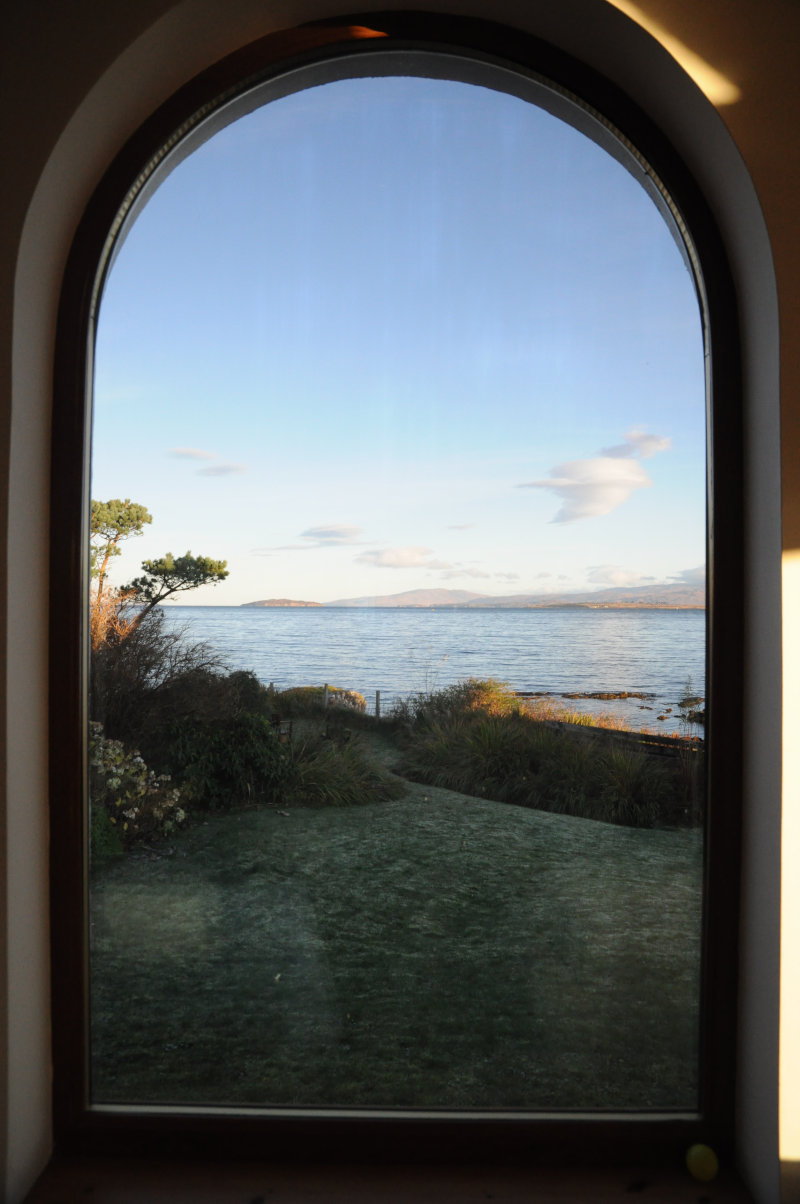
I am soon wishing I had a slightly chunkier telescope. The sea is big. Some of it is very far away; and of course there are several birds bobbing about on the boundary between "comfortably identifiable" and "anonymous blobs". There are obviously several divers, some grebes and a few sea ducks out there, but I'm going to have to be patient and wait for them to be closer to id them.
Day One
I don't have to wait too long. The morning after we arrive is bright and still. Without too much difficulty, I pick out Slavonian Grebe, Black-throated Diver and Common Scoter (which is mildly unusual for the area). The shore holds obvious Curlew, Redshank and Oystercatcher, and the garden Reed Bunting. None of those are ticks, but they're excellent birds to have on your doorstep!

We spend much of the day exploring the island by car; not a great deal more is observed - some other divers, plenty of cormorants, a few waders here and there. No eagles!
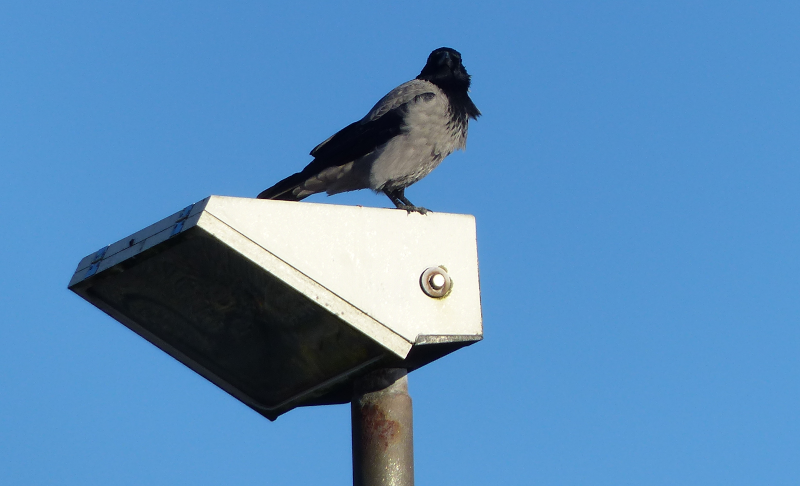
Day Two: More challenging sea-creatures
Morning two has the same suspects, less the Scoter, but with a pair of additional mysteries. Heh. This is a very good guide to why seawatching is difficult; both birds spend only a limited time on the surface, and can obviously move significantly under the water. To compound this, the waves occlude the bird even when the bird is on the surface, the light is mediocre, and they're bloody miles away. Oh, and they're both on their own, with no nearby friends to help give them some scale.
The first mystery is the easier one - an entirely monochrome bird, that, after a few minutes of watching, has a thin, sharp beak, rather than a duck's bill. There are hints of the white wing patch that will identify this bird so easily in the Summer. Yes, it's Black Guillemot.
The second is a tougher challenge, not least because I think it's a tick, and I want to be very sure. I end up taking the scope outside to follow the bird around the bay to the left. This bird has the same mottled palette as the Guillemot, with some additional brown, and much patchier colouration, particularly on the head, which is more rounded, and equipped with what is definitely a duck's bill.
By process of elimination (and extended periods of consultation with the bird book), I think this can only be a female (or possibly juvenile) Long-tailed Duck; the combination of features rules out everything else. Right, it's going on the list.
The rest of the day isn't particularly birdy; some Ravens mobbing a Buzzard are notable, we also see two or three groups of divers (species not clear from the car) in the lochs that cut the island into what I can't stop describing as lobes. Lobes.
Day Three - Scenery Day
Morning three, and there's a diver a bit closer in that looks promising. There've been what I think have been Black-throated Divers in the bay every morning so far, but this one is Great Northern, for me; it has a more brutish profile, a giant wedge of a beak, and that more beady-looking eye that gives it a more primitive air than its cousins. Yeah, that lumpy cliff of a forehead is a giveaway, GND it is.
We hop in the car for a whistlestop tour of places we'd like to walk around - it looks like this will be our last day of non-awful weather. We make it up to Quiraing (joyfully pronounced "Kerrang" to the sign of the horns \m/) and get righteously blown around for an hour or so amongst some epic geology, flourescent coated sheep and some Ravens. We're pretty confident we didn't manage the walk we set out to (hard to see the map with eyes full of tears, thanks again wind) but we get back to the car and discover we don't really mind.
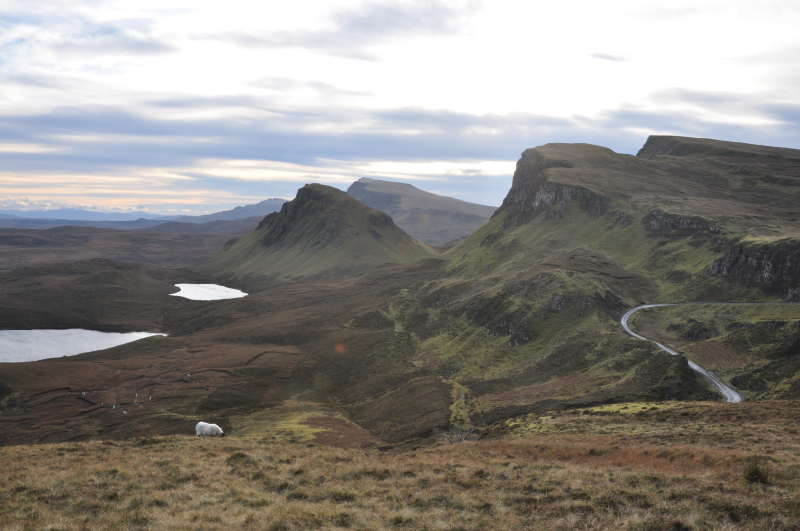
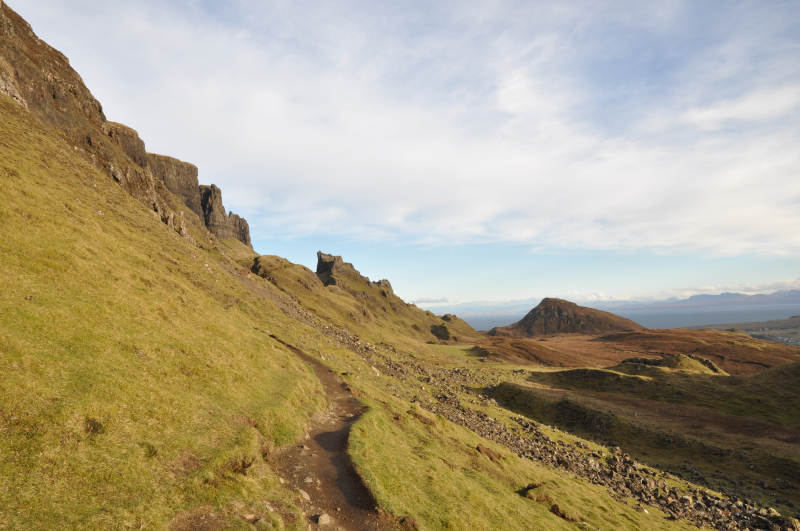
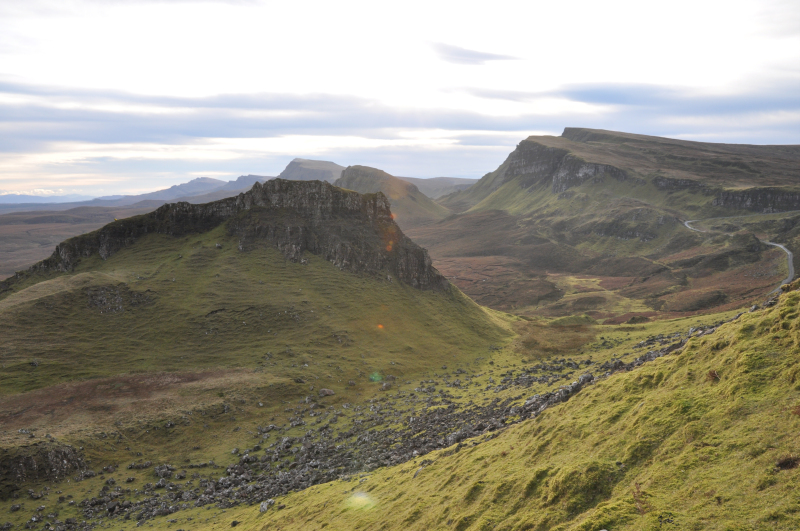
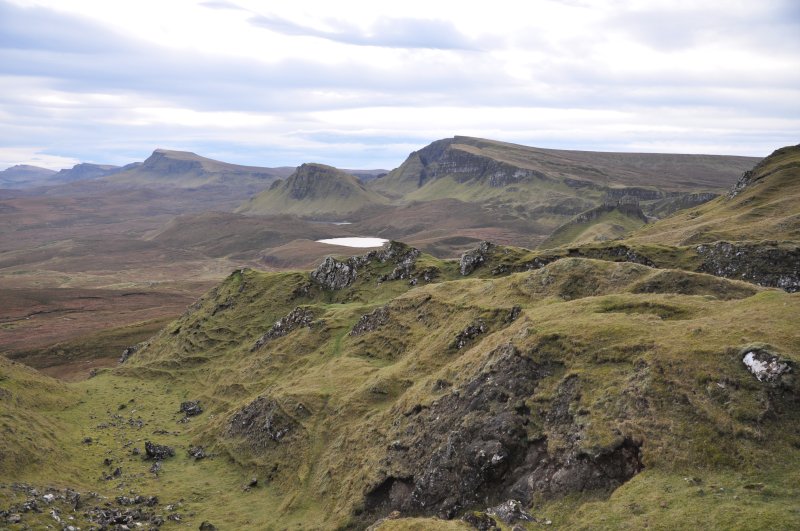
Flying visits are made to An Corran (where we are dubious about the dinosaur footprints, but there is a nice Grey Heron). Mealt falls is underwhelming, but a good opportunity for a biscuit and a few terrible photographs.
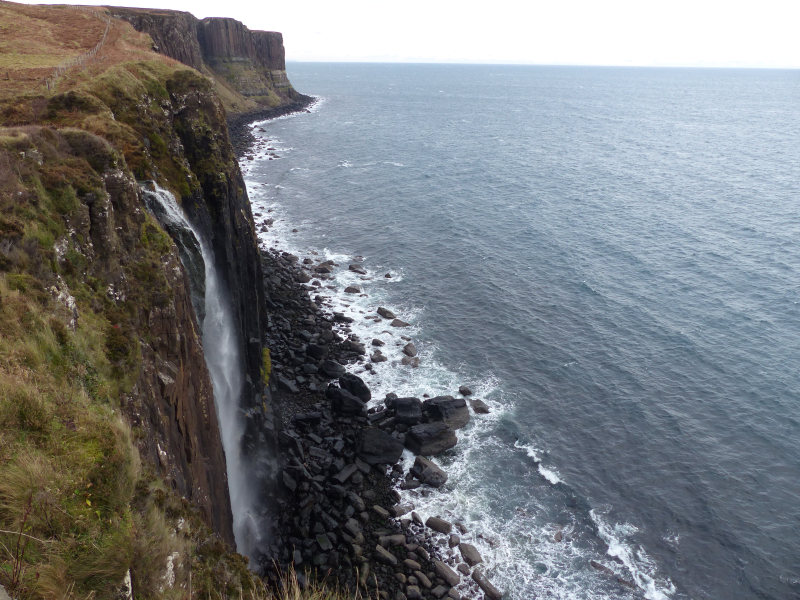
A quick walk up to the Old Man of Storr, on the other hand, is an excellent distraction.

We gamble a bit on our ability to get up and down in under ninety minutes (we get most of the way up in half an hour, the skies look clear - what could possibly go wrong?) and it's worth it, the views are spectacular. We make plenty of stops to look back down the hill towards the mainland (and to discuss which particular sticky up rock is actually the "Old Man"; we remain uncertain). Having the geography protect you from the wind can really make a walk, it turns out.

Once at the top (well, the foot of the cliffs that we decide is a bridge too far), we start to circuit round a tall rock formation. Perhaps two thirds of the way round, a giant raptor, mobbed by a pair of Ravens, swoops over us from the cliffs above. Golden Eagle? Probably; too big for Buzzard, not rectangular enough for White-tailed. Not a good enough view to be confident though, and by the time I've sprinted/stumbled out into the open again all three birds have disappeared. Sod. I don't think we can count that.

We spend a couple of minutes more taking in the view before agreeing that it might be starting to get a bit dark for this. A hasty descent is made and, before long, we're back on the road home. As we leave Portree, the heavens open, and a journey back to Broadford that usually takes an hour or so takes closer to two!
Rainy days
The rain doesn't really stop for the rest of our time on Skye. We make an attempt to visit Neist Point lighthouse, but the wind and rain is so strong that we don't get beyond the car park; the path to the lighthouse itself is even more exposed, and we aren't entirely convinced that getting saturated with cold Atlantic water is a price worth paying for the same 50m of visibility a little bit further out into the sea. We do spot a beautiful flock of Goosander on Loch Harport on the way there, mind; the sun even comes out for a second or two to help them show off their pink-tinged white tummies.
On our final day we make another attempt at finding an eagle; it's time for a drive down Glenbrittle. Beyond some Oystercatchers at the end of the Glen, however, it's a bit dead.

We suspect all of the non-water based birds are sensibly sheltering somewhere - all our hilltop staring comes to naught - not even a Raven deigns to appear. And we're stopping to look at those tops even more than usual, because the road in and out of the glen is windy enough to trigger my motion sickness even when I'm driving. That is seriously strong work. Oh well; only one eagle out of two in 2018, it seems!